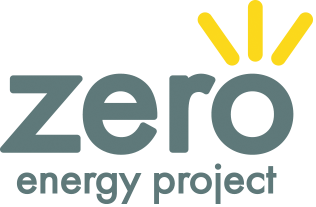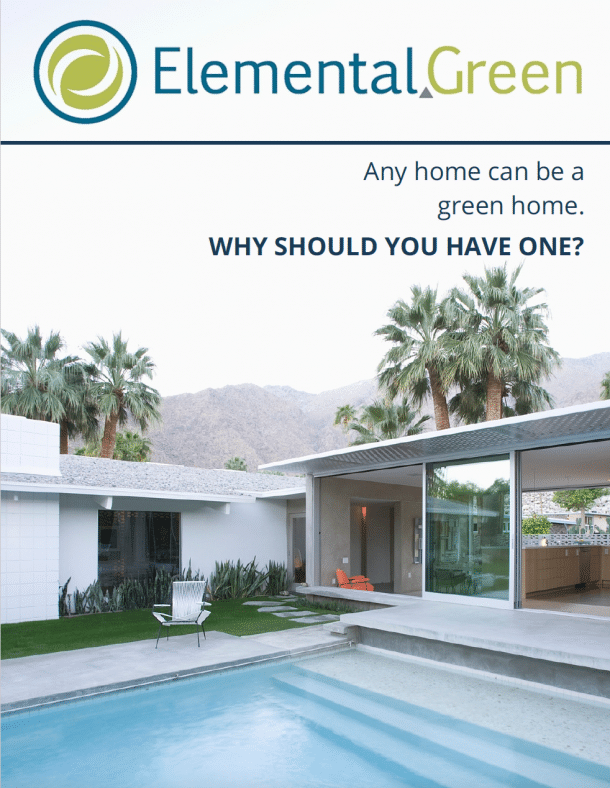Marla Esser Cloos (aka The Green Home Coach) is the founder of Everyday Green Home, a weekly podcast where she and occasional co-host Tony Pratte, of The Sound Room, talk all things residential green. Marla is a NAHB Master Certified Green Professional,...
Green Home Podcasts
Listen and Learn at your convenience. We have curated a collection of interesting and informative podcasts on sustainable home building concepts. Whether you are researching a single topic or want to expand your knowledge more broadly, Elemental Green is here for you.
Stuff in Your Home: Making It More Earth Friendly [Podcast]
Marla Esser Cloos (aka The Green Home Coach) is the founder and co-host of Green Gab, a weekly podcast where she and co-host Tony Pratte of The Sound Room, talk all things green. Marla is NAHB Master Certified Green Professional and LEED AP, She works...
How to Finance Your Green Dream Home [Podcast]
Listen and learn about financing for green home projects with Trisha McConkey of Associated Bank. Trisha and Associated Bank’s experience and expertise with mortgages and loans help homeowners to finance their dream home, especially a green home.
Expert Tips for a High Performance, Energy Efficient Home [Podcast]
Listen in as Kellye Markowski from Energy Smart Homes offers advice for homeowners/residents to reduce their energy and costs and know the best course of action for their house. She says people take a stab at doing the right thing for their home or property, yet they typically do the wrong thing or do the steps out of order.
A Green Builder’s Perspective [Podcast]
In this episode, we are gabbing with our special guest Andy Ellis of Half Moon Construction to get his perspective as a green builder. Andy explains how he’s helping his customers get what they want, plus educate them on the things they don’t know.
Tiny Homes and Infill Housing 101 [Podcast]
“Most cities, as you’re aware, including St. Louis, where we are now, have lots that are underutilized or could be utilized better or parking areas that could be used for housing and things. It’s just making better use of those lands where there are existing services—water, sewer, parks, schools—and how can we use those lands more efficiently and more effectively.”

Copyright © 2022 ElementalGreen® and Contributors


![Smart Home, Connected Home with Tony Pratte [Podcast]](https://elemental.green/wp-content/uploads/2021/12/Smart-home-technology-man-400x250.jpg)
![Stuff in Your Home: Making It More Earth Friendly [Podcast]](https://elemental.green/wp-content/uploads/2019/04/Depositphotos_8017795_xl-2015-400x250.jpg)
![How to Finance Your Green Dream Home [Podcast]](https://elemental.green/wp-content/uploads/2017/06/Depositphotos_47295893_m-2015-400x250.jpg)
![Expert Tips for a High Performance, Energy Efficient Home [Podcast]](https://elemental.green/wp-content/uploads/2017/06/Depositphotos_44240741_m-2015-400x250.jpg)
![A Green Builder’s Perspective [Podcast]](https://elemental.green/wp-content/uploads/2017/06/Depositphotos_7962753_m-2015-400x250.jpg)
![Tiny Homes and Infill Housing 101 [Podcast]](https://elemental.green/wp-content/uploads/2017/05/Depositphotos_11994776_m-2015-400x250.jpg)
